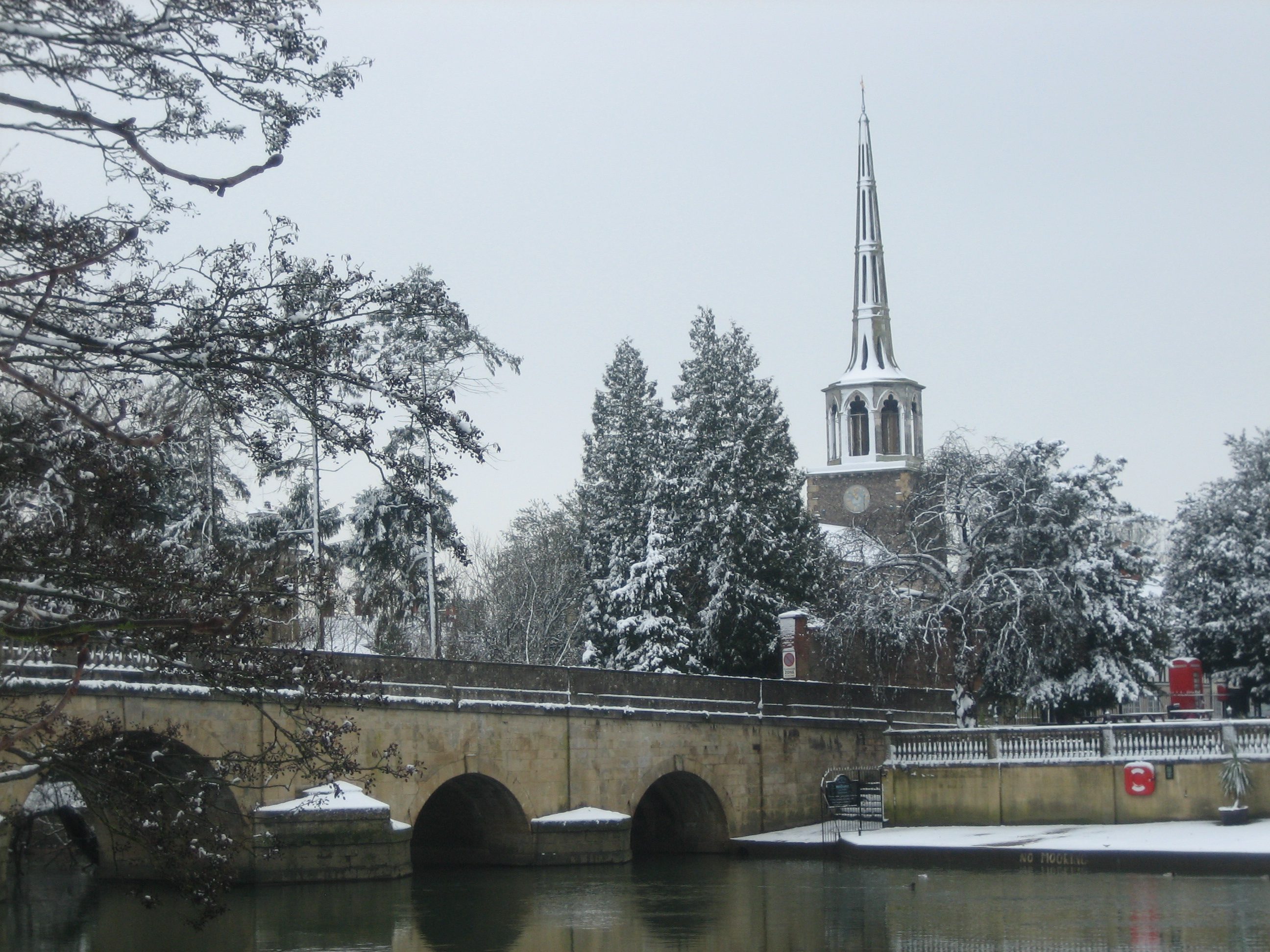There are so many reasons to choose SimplyFixIt for your iPhone Repairs. Our technicians are certified by Apple. We use the highest quality screens available, including genuine Apple screens, and we pay our staff the Real Living Wage.
For over 25 years we have carried out computer and other IT repairs for people who came into our shops, and now we can give the people of Wallingford, Oxfordshire the same quality of repairs for their iPhones.
Mail-In iPhone Screen Repairs for Wallingford, Oxfordshire, by SimplyFixIt
People from Wallingford, Oxfordshire choose SimplyFixIt as their iPhone repair company because we offer the highest standards of repairs, including using genuine Apple screens, which typically can't be matched by a local independent computer store. They post us their iPhone, which is professionally repaired, and returned by a secure overnight courier. In most cases, they receive their iPhone back 2 days after they post it to us.
Fast Repairs
Quality Components
Spread the cost
All Repairs Guaranteed
At SimplyFixIt, we believe that doing things right is better than doing things quickly, so there may be some cases where we need just a bit longer to get your iPhone ready. Don't worry though, as soon as the iPhone repair is completed, we'll be in touch to let you know. We can then arrange a secure, express delivery back to Wallingford, Oxfordshire.
SimplyFixIt customers near Wallingford, Oxfordshire
We Fix iPhones for people from all over the country, including near Wallingford, Oxfordshire. Chances are that you live close to one of our customers already. Here is a map of the people1, who live near Wallingford, Oxfordshire, that have had their iPhone fixed by SimplyFixIt recently. They have posted their iPhone to us, and then we repaired it and sent it back using an insured, overnight courier service.
1For security & data protection reasons, we are not showing the exact location of our customers. We apply slight randomness to the location markers, so they don't show the exact address. The markers fall in a slightly different location each time, but the general area is correct.

Send your iPhone to us via Royal Mail Special Delivery, which should provide you with adequate insurance. We will fix it and return it to you without any fuss.
Choose an iPhone
More about Wallingford, Oxfordshire
Wallingford () is a historic market town and civil parish on the River Thames in South Oxfordshire, England, 12 miles (19 km) north of Reading, 13 miles (21 km) south of Oxford and 11 miles (18 km) north west of Henley-on-Thames. Although belonging to the historic county of Berkshire, it is within the ceremonial county of Oxfordshire for administrative purposes (since 1974) as a result of the 1972 Local Government Act. The population was 11,600 at the 2011 census.
The town has played an important role in English history starting with the surrender of Stigand to William the Conqueror in 1066, which led to his taking the throne and the creation of Wallingford Castle. The castle and the town enjoyed royal status and flourished for much of the Middle Ages. The Treaty of Wallingford, which ended a civil war known as The Anarchy between King Stephen and Empress Matilda, was signed there. The town then entered a period of decline after the arrival of the Black Death and falling out of favour with the Tudor monarchs before being called on once again during the English Civil War. Wallingford held out as the last remaining Royalist stronghold in Berkshire before surrendering after a 16-week siege. Fearing that Wallingford Castle could be used in a future uprising, Oliver Cromwell ordered its destruction.
Since then Wallingford has become a market town and centre of local commerce. At the centre of the town is a market square with the war memorial and Wallingford Town Hall to the south, the Corn Exchange theatre to the east and numerous shops around the edges. Off the square there are alleyways and streets with more shops and a number of historic inns. Although it was a small town, Wallingford once had 14 churches; now, there are three ancient churches within the Parish of St Mary-le-More and St Leonard, a modern Roman Catholic church, a Quaker Meeting House dating from 1724 and Baptist, Methodist and community churches.